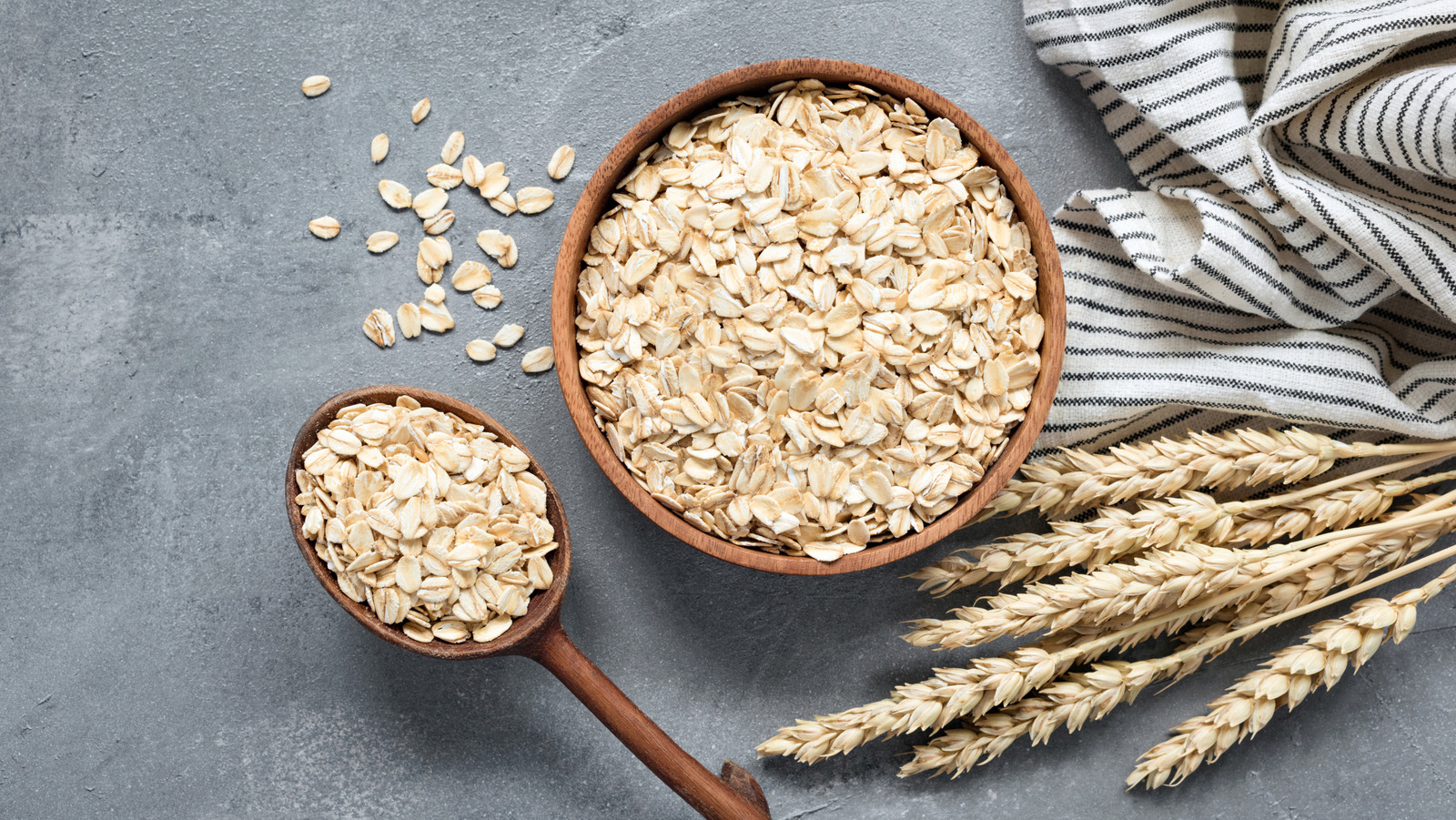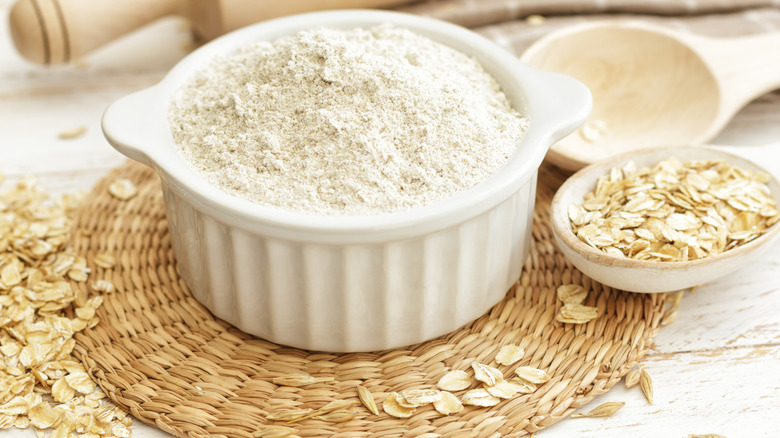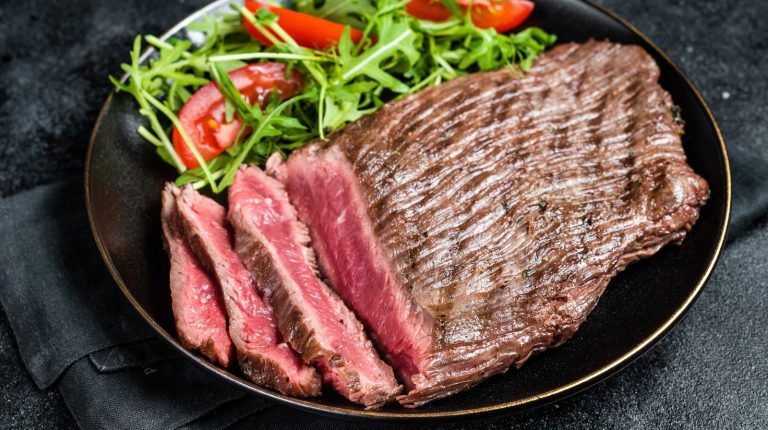Picture this scenario: You’re in the middle of preparing your favorite oatmeal raisin pancakes when you discover there isn’t enough all-purpose flour in the cabinet. At that moment, you’re faced with two choices. Either run to the store for another bag (while your premixed ingredients sit out on the counter) or find an alternative. Save yourself a trip and a little money by using that package of whole rolled oats sitting in the pantry.
All that’s needed is a food processor or blender and a kitchen scale. Why do you need the scale? Oat flour is lighter in weight than its wheat counterpart. As long as you weigh the portion of oat flour you need, you can make an equal substitution. Simply pour the oats into the processor or blender and grind them into a fine powder.
This alternative flour can be used in baked goods and to thicken sauces like brown butter, béchamel, and peppercorn-Riesling gravy. Just remember that oat flour will add a nuttiness to your favorite sauce recipe.
What makes oat flour a good substitute
Other than needing an emergency substitution, oat flour has a host of benefits. Oats are abundant in fiber, antioxidants, vitamins, minerals, and protein. If someone in your family is gluten intolerant, substituting oats for all-purpose flour will be much appreciated. Using oat flour is a delicious way to improve the texture of your gluten-free baked goods. Oat flour will make your gluten-free cookies chewier and softer.
Besides being a handy alternative to all-purpose flour, the fiber in oats may improve gut health. According to the USDA, many Americans do not eat enough fiber. This necessary carbohydrate may help maintain a healthy weight, support low cholesterol, control blood sugar, reduce your risk of heart disease, and foster gut health. Adding some oat flour into your baking rotation is one way to increase the amount that you get.
Can oat flour be used in everything you bake? No. It’s best used in sweet, dense baked goods like brownies and cookies. Substituting oat flour in muffins and quick breads might result in a very crumbly texture with a low rise. Finally, if you’re making yeast bread or cake, it’s best not to use oat flour. Yeast relies on the gluten in wheat flour to rise. Gluten also affects the taste of your food, which is why so many gluten-free products end up being lackluster. Oat flour is one way to bring better flavor, and texture, to your bakes.





